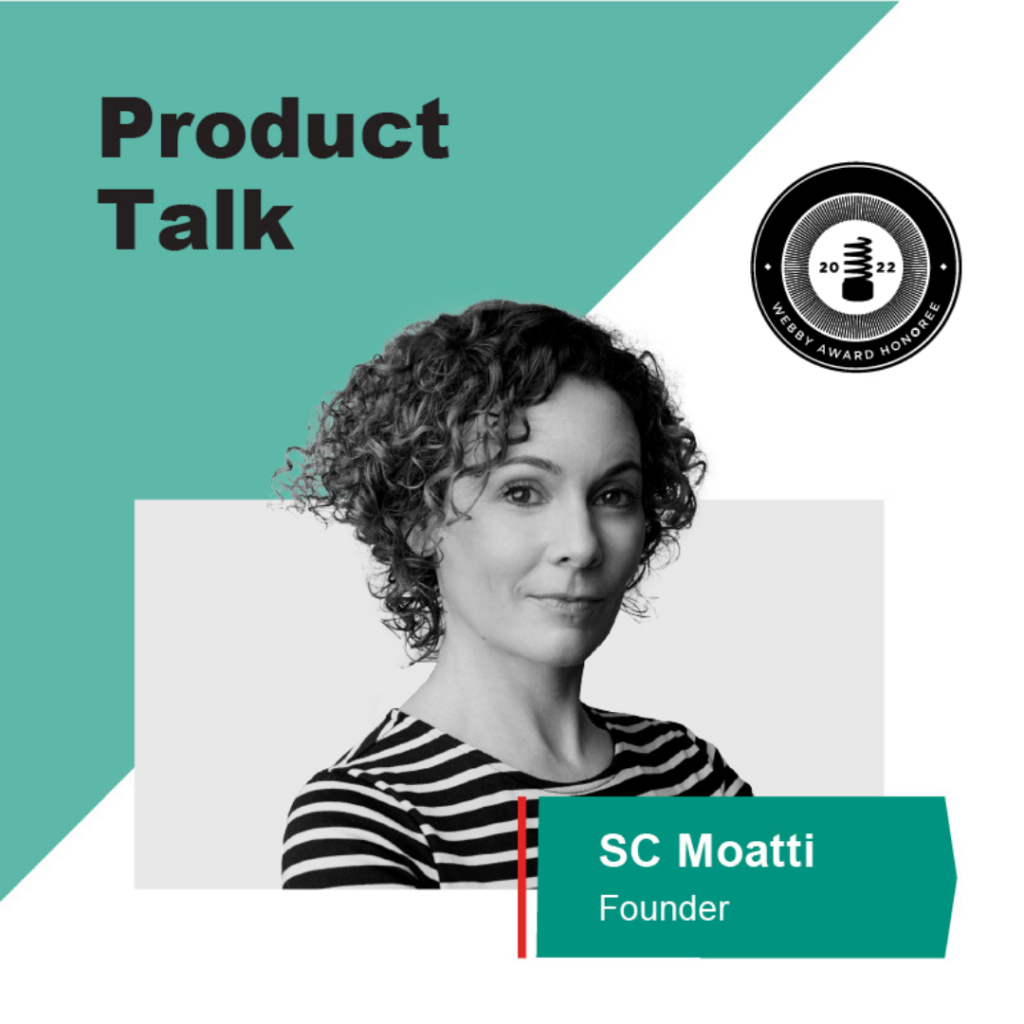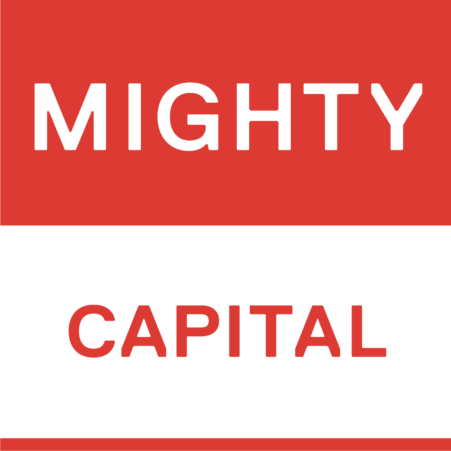If there is any year that embodies the thrill of working in tech, it’s this one. Covid pivots notwithstanding, product-led culture is quickly becoming the baseline from which companies operate. How can product leaders navigate changing waters while retaining a focus on digital acceleration? Google fmr GM, Mighty Capital Partner, and Products That Count CPO, Renee Niemi, joins Product Talk to share insights on managing a product portfolio and leading product amidst transitioning market dynamics.
Listen to the entire episode right here, and subscribe at the links below as to never miss new product executive insights, new every week.

The two biggest challenges affecting product leaders now
Self-described, Renee is a “ business leader with passionate product as my guide” and has “lived the last 30 years at that intersection of networking, computing, and mobility…leading product teams for companies such as Plantronics, Google, and Logitech.” As a product leader who can claim the title of being one of the first CPO’s in the industry, Renee Niemi knows a thing or two about transitioning market dynamics. Right off the bat, she shares her thoughts on the two major challenges that product leaders are facing right now.
“We are still in the first decade of product leaders being a member of the C suite. We’ve seen a real evolution of what that means for companies, and we’re seeing a real trend of companies’ desires to take product and become a product-led culture.”
“A little bit smaller, but front and center on everybody’s mind – with this pandemic, it’s really made us realize that we actually can do good work when we’re in different locations.”
“I think time will prove out, but there’s gonna be a whole new set of tools and a whole new set of techniques because the general consensus is that the remote workforce is here to stay. Hybrid will probably come into play once it’s safe, but a good portion of us will be remote.”
On managing the product portfolio
Each feature or product comes with its own risk level which product managers must weigh each time a decision is made. Viewing a set of features or products through the framework of a product portfolio can aid product leaders in dealing with transitioning market dynamics. Renee allows listeners a peek into her methodology for managing a product portfolio that includes legacy products.
“I’ve always framed product investments very similar to the way that I frame my financial investments. We often refer to our product portfolio as just that, our product portfolio, and we should treat it like that.”
“In an investment portfolio, you’re going to have some stable investments, your mid-risk investments, and then you have your high-risk investments. Depending on where you are from an appetite point of view, you’ll change your portfolio and you may actually change that over time. Apply that to product portfolios. I use this methodology really successfully for companies where there is huge legacy [products].”
“Often legacy products produce a ton of your current revenue, but they may or may not be your future revenue. There’s always that trade-off. What I will typically do is – we’re just going to say segment – the portfolio based on a combination of customer type and we’ll call it legacy factor. Then, break it into sizable, but manageable chunks.”
On segmenting and best practices
There’s immense value in recognizing the strengths of your team members. When a product leader knows how to play matchmaker between PM and segment, there’s no telling the passion and success that will occur. Renee breaks down how success can be amplified when a product portfolio is segmented with the right leaders at the helm.
“Segmentation is key, and then how you organize your team against that segmentation. What I have found works best is if you actually have dedicated teams to each segment.”
“A product leader who is really good at innovation, thinking outside the box, getting in front of things, may not be good at, or even interested in, more of a legacy business. The legacy business is going to be a lot more iterative, but very rich with customer dialogue and business management. They’re gonna have a very different view than your innovative product manager who’s going to be a little bit ahead of the customer, really kind of thinking through things with a slightly different lens.”
“What I have done in the past is framed up teams accordingly, and used it as an opportunity to optimize the organization and de-complexify it. You put the right person in the right seat in the bus, magic happens.”

Product Talk is sponsored by Mighty Capital; turning ideas with traction into products that win.
